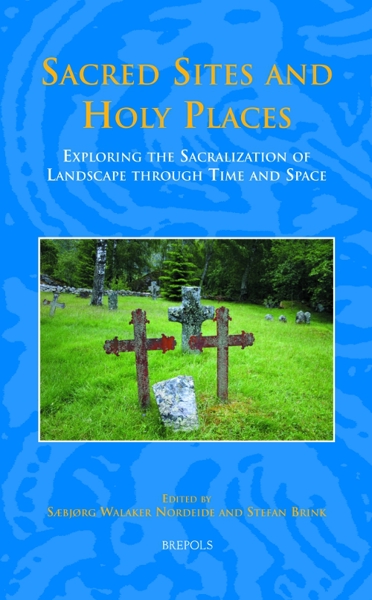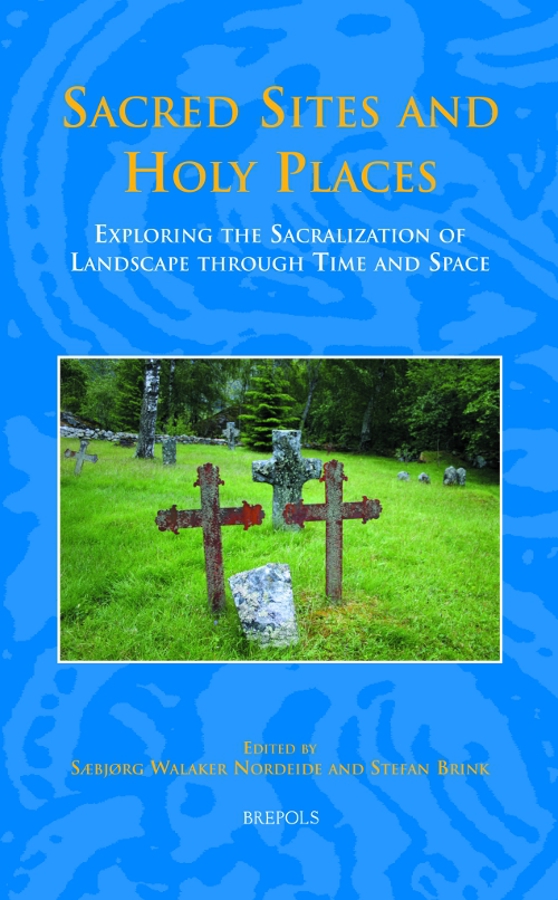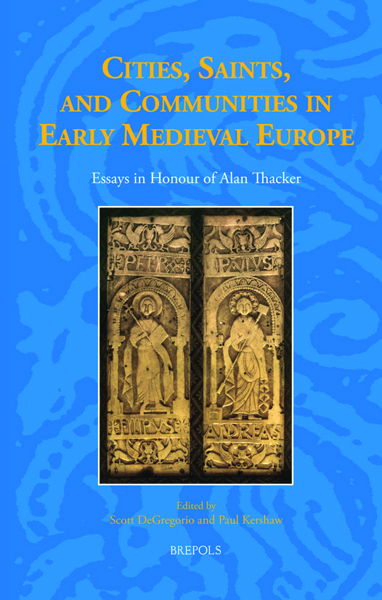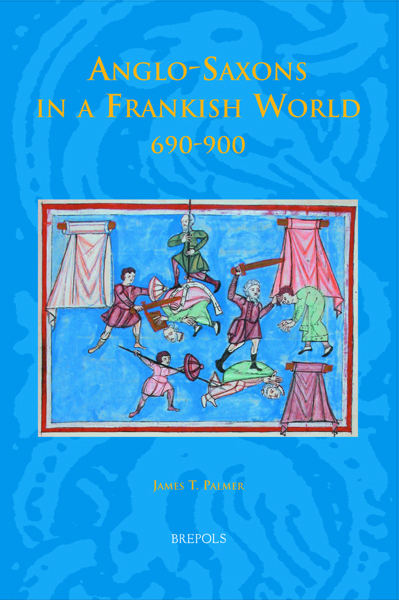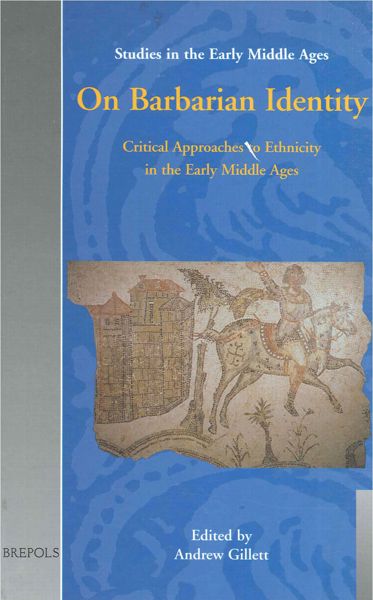
Sacred Sites and Holy Places
Exploring the Sacralization of Landscape through Time and Space
Saebjorg Walaker Nordeide, Stefan Brink (eds)
- Pages: xii + 282 p.
- Size:156 x 234 mm
- Illustrations:63 b/w
- Language(s):English
- Publication Year:2013
- € 95,00 EXCL. VAT RETAIL PRICE
- ISBN: 978-2-503-54100-6
- Hardback
- Available
- € 95,00 EXCL. VAT RETAIL PRICE
- ISBN: 978-2-503-54125-9
- E-book
- Available
" (...) The collection's various articles offer valuable overviews and explorations, often by renowned scholars in the areas of archaeology, onomastics, history of religion, art history and medieval studies. (...) The volume's fine articles themselves, and the more than sixty accompanying illustrations and maps, makes this work both informative and attractive. Its various contributions will prove of great interest to specialist and generalist readers alike, and can be productively included as readings at the undergraduate or graduate level." (Thomas A. DuBois, in: The Medieval Review 14.11.04)
“(…) it must be said that the more theoretically-engaged frame of Sacred Sites and Holy Places really offers something new and unique. It also shows the benefits that such an approach might have at local, regional and national scales for advancing debates about the nature of pre-Christian belief and the character and trajectory of Conversion and Christianisation.” (Patrick Gleeson, in Landscapes, 18/1, 2017, p. 95)
In this volume two important veins of interdisciplinary research into the medieval period in Scandinavia and the Baltic region are merged, namely the Christianization process and landscape studies. The volume authors approach the common theme of sacrality in landscape from such various viewpoints as archaeology, philology, history of religion, theology, history, classical studies, and art history. A common theme in all articles is a theoretical approach, complemented by illustrative case studies from the Scandinavian, Baltic, or Classical worlds. Aspects of pagan religion, as well as Christianity and the establishment of the early Church, are considered within both geographical setting and social landscape, while the study of maps, place names, and settlement patterns introduces new methodologies and perspectives to expose and define the sacral landscape of these regions. The contributions are put into perspective by a comparison with research into the sacral landscapes of Central Europe and the Classical world.
New interdisciplinary research methods and new models have been developed by the contributors to present new vistas of sacrality in the Scandinavian and the Baltic landscape. To open up these case studies, a selection of over sixty images and maps accompanies this cutting-edge research, allowing the reader to explore sacralization and the Christianization process within its medieval setting.
Preface
Introduction: The Sacralization of Landscape — SÆBJØRG WALAKER NORDEIDE
Landscapes as Sacroscapes: Why Does Topography Make a Difference? — VEIKKO ANTTONEN
Myth and Ritual in Pre-Christian Scandinavian Landscape — STEFAN BRINK
Ritual Landscapes and Sacral Places in the First Millennium AD in South Scandinavia — CHARLOTTE FABECH and ULF NÄSMAN
Sámi Burials and Sacred Landscape: Aspects of the Impact of Materiality on Sámi Religious Conceptions and Practices — ASGEIR SVESTAD
The Ancient and Sacred Greek Landscape — GULLÖG NORDQUIST
From Temple to Church: The Redefinition of the Sacred Landscape on the Acropolis — BENTE KIILERICH
Crusading and Christian Penetration into the Landscape: The New Jerusalem in the Desert after c. 1100 — KURT VILLADS JENSEN
Insiders and Outsiders: Theological ‘Landscaping’ in Early Medieval Provincial Laws in Norway — TORSTEIN JORGENSEN
The Sacred Topography of Medieval Prague — ZOË OPAČIĆ
